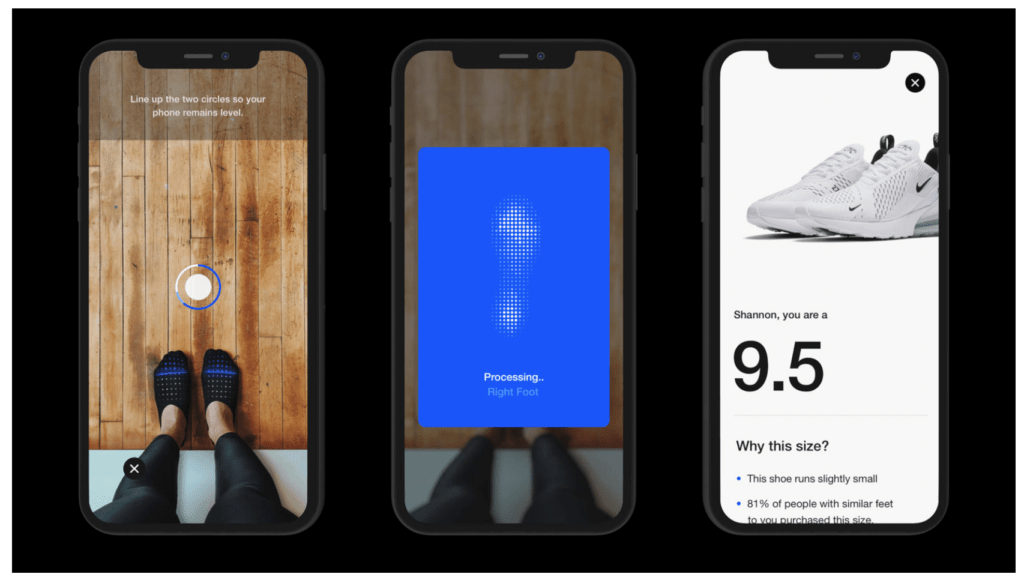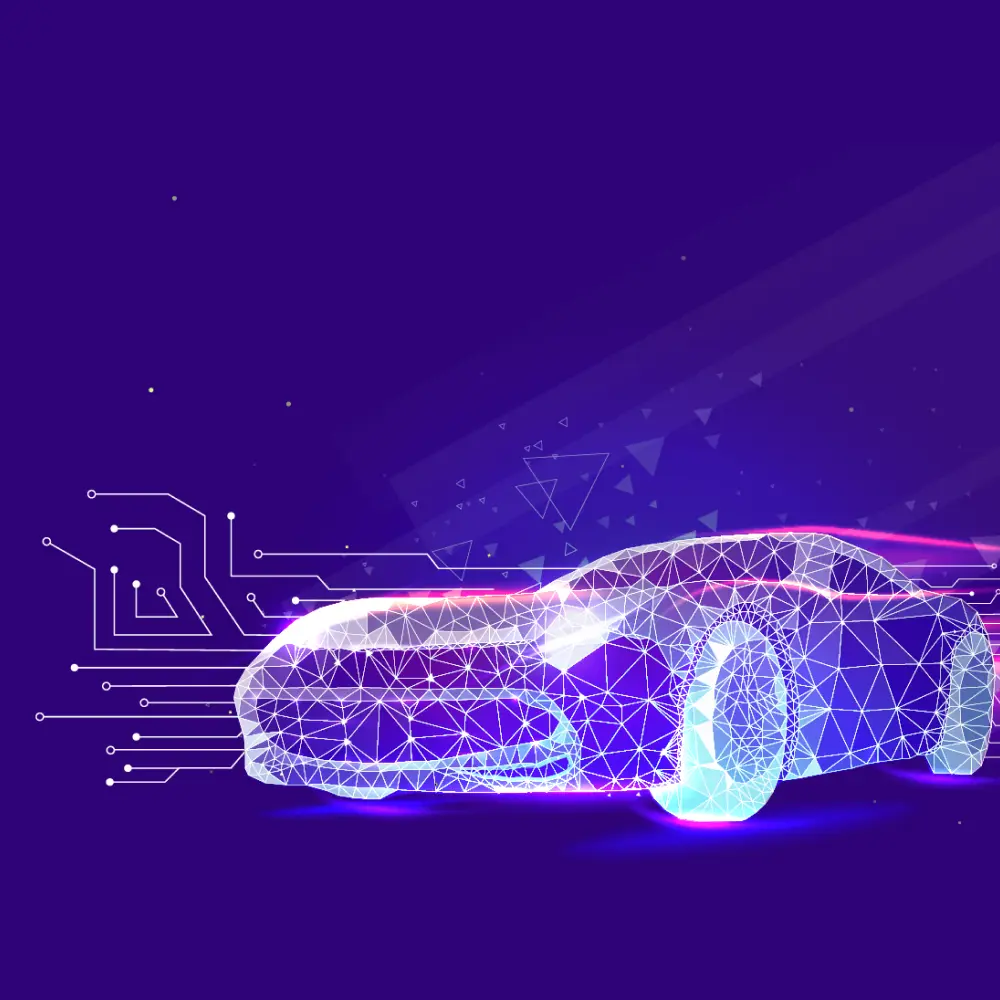Artificial intelligence (AI) today has a well-deserved seat at the table. Stakeholders want to drive profits. Marketing managers want scalable and cost-effective campaigns. Project leaders want streamlined operations. Currently, it seems that with AI, there’s something for everyone. However, a majority of businesses don’t understand how AI will fit into their organization, let alone experience the profitable impact on the bottom line. And the ones who have managed to get stakeholder buy-in for AI are grappling with choosing between generative AI and predictive AI. The struggles are aplenty (understandably so). Each approach offers distinct advantages and caters to wide-ranging business needs. Needless to say, understanding these unique requirements before diving into AI implementation is paramount. In this guide, we will cover the fundamentals of generative AI vs predictive AI and help you understand which path aligns better with your specific business needs. Let’s dive in!
So, What is Generative AI and Predictive AI?
Generative AI focuses on creating new and original content. Generative AI companies use algorithms to generate unique and realistic outputs, such as images, music, speech, videos, or even text. With generative AI, the system learns from a vast amount of data and then generates its own interpretations, creating something entirely new in the process.
Unlike traditional AI, which follows predefined rules and patterns, gen AI has the ability to:
• think creatively and produce content that has never been seen before
• mimic human creativity and produce artwork, music compositions, and stories
On the other hand, predictive AI focuses on analyzing existing data and making informed predictions/forecasts about future outcomes. It uses statistical models and machine learning algorithms to identify patterns and trends in the data and anticipate what might happen next.
Predictive AI is widely used in various fields, including finance, marketing, and healthcare. Businesses can leverage this technology to:
• leverage accurate forecasts that stem from historical data and patterns and strategize effectively
• make better decisions by accessing insights into customer behavior, market trends, or potential risks
Generative AI And Predictive AI: What Are the Benefits of Each?
Both generative AI and predictive AI offer significant benefits for your business:
Generative AI:
• Fuels creative innovation: Generative AI can enable your business to generate fresh and unique ideas, designs, or content–quickly and scalably. For instance, Britannia embraced Photoshop and AI for its recent ad campaign to produce stellar results:

Plus, it can automate repetitive and time-consuming creative tasks, such as photo editing, content writing, and video editing. This helps streamline workflows, increases productivity, and frees up creative professionals to focus on more strategic and high-level tasks.
• Accelerates design exploration and prototyping: Generative AI can also help designers explore a wide range of design possibilities and rapidly generate prototypes.
• Encourages hybrid collaboration: Generative AI can also facilitate collaborative workflows between humans and machines. By working in tandem with generative AI systems, human creators can leverage AI-generated suggestions, inspirations, or starting points, combining the unique capabilities of both human creativity and machine algorithms.
Predictive AI:
• Data-driven decision-making: Predictive AI empowers your business to make informed decisions by providing valuable insights and forecasts that are based on reliable data analysis. For example, the Nike Fit app leverages computer vision, artificial intelligence, and machine learning to build a 360-degree digital footprint for the customer. This empowers the brand to drive personalized product recommendations to the consumer:

• Risk mitigation: Predictive AI helps identify potential risks and anticipate market trends, allowing businesses to proactively mitigate risks and seize opportunities.
Key Differences between Generative AI vs Predictive AI: A Bird’s Eye View
Whether you’re looking for creative inspiration or want data-driven insights, both AI methodologies offer distinct advantages that can contribute to your business’s success. Let’s explore the differences between generative AI and predictive AI.
- Output Focus:
• Generative AI: Emphasises creating new and original content, such as images, music, code, videos, or text, without relying on preexisting data or patterns
• Predictive AI: Focuses on analyzing existing data and making predictions or forecasts about future outcomes based on patterns and trends - Creativity vs Analysis:
• Generative AI: Prioritises creativity and innovation by generating novel outputs that are not limited to preconceived patterns or rules
• Predictive AI: Emphasises data analysis and pattern recognition to make informed predictions or forecasts based on historical data - Goal:
• Generative AI: Aims to generate diverse and original outputs, fostering creativity, exploration, and novel solutions
• Predictive AI: Aims to provide insights into future trends and behaviors, enabling businesses to make informed decisions and optimize processes - Data Requirements:
• Generative AI: Can operate with limited or even no initial data, as it focuses on creating new content without strict reliance on existing patterns
• Predictive AI: Requires substantial amounts of historical data for training and analysis to identify patterns and make accurate predictions - Use Cases:
• Generative AI: Applied in creative fields like art, design, music, and content generation, where originality and innovation are key
• Predictive AI: Widely used in industries like finance, marketing, healthcare, and supply chain management to forecast trends, optimize processes, and make data-driven decisions - Application Challenges:
• Generative AI: Faces challenges in ensuring generated content meets quality standards, as it relies on algorithmic creativity rather than human judgment
• Predictive AI: Challenges include data quality, model accuracy, and the need for continuous adaptation to changing trends and patterns
Strengths & Limitations of Generative AI vs Predictive AI
With a basic understanding of gen AI and predictive AI in place, let’s deep-dive into the strengths and weaknesses of each technology:
| Strengths of Generative AI | Limitations of Generative AI |
| Creativity and innovation: Generative AI excels in producing fresh (read:) original content, allowing businesses to explore new possibilities and fuel innovation in fields like art, design, and content generation | Quality control: Ensuring the quality and coherence of generated content can be challenging, as the output relies solely on algorithmic creativity and may not always meet human expectations or aesthetic standards |
| Personalization: Generative AI enables businesses to deliver personalized experiences by tailoring products, services, or recommendations to individual customer preferences, enhancing customer satisfaction and engagement | Lack of contextual understanding: Generative AI may struggle to comprehend complex contexts or nuanced meanings, leading to potential inconsistencies in the generated content |
| Unconstrained by existing data: Generative AI can operate without extensive historical data, as it generates content independently of preexisting patterns, opening up opportunities for creative expression and idea generation | Need for extensive training: Training generative AI models often requires large amounts of diverse data and substantial computational resources to capture the complexity and diversity of creative outputs |
Moving on, let’s learn about the strengths and limitations of predictive AI:
| Strengths of Predictive AI | Limitations of Predictive AI |
| Data-driven decision-making: Predictive AI excels in analyzing historical data and identifying patterns, allowing businesses to make informed decisions based on reliable insights and forecasts | Data dependence: Predictive AI heavily relies on the availability of high-quality and relevant data, and inaccurate or incomplete data can negatively impact the accuracy and reliability of predictions |
| Risk mitigation: By leveraging predictive AI, businesses can identify potential risks and anticipate market trends, enabling proactive risk mitigation strategies and the ability to seize opportunities | Limited to historical patterns: Predictive AI primarily relies on historical data patterns and may struggle to account for unforeseen events or paradigm shifts that deviate from the existing patterns |
| Process optimization: Predictive AI enables businesses to optimize various operational processes by identifying bottlenecks, forecasting demand, and improving efficiency, leading to cost savings and improved performance | Complex model development: Building accurate predictive AI models requires expertise in data analysis, feature engineering, and selecting appropriate algorithms, making it a resource-intensive and technically challenging process |
3 Generative AI Use Cases Worth Knowing
1. Art and design: Generative AI can be used in the field of art and design to create unique and visually stunning artworks, sculptures, and digital designs. It can allow artists and designers to explore new forms, patterns, and aesthetics that would be difficult to conceive manually.
2. Marketing and content generation: Generative AI can also be employed to automate the generation of textual content, such as news articles, product descriptions, and social media posts. It can produce coherent and relevant content tailored to specific topics or target audiences, saving time and resources for content creators.
In fact, Coca Cola has officially partnered with ChatGPT and Dall-E generative AI to improve its marketing and consumer experiences.
3. Music composition: Generative AI can also be utilized in music composition to create original compositions, melodies, and harmonies. It can learn from existing music styles and generate new musical pieces that sound natural and evocative. This opens up possibilities for musicians, producers, and composers to experiment with novel musical ideas.
3 Predictive AI Use Cases That Are Popular
1. Financial forecasting: Predictive AI is extensively used in finance to forecast market trends, stock prices, and investment opportunities. It analyzes historical financial data, market indicators, and economic factors to provide insights and predictions that assist traders, investors, and financial institutions in making informed decisions.
2. Demand forecasting: Predictive AI plays a vital role in supply chain management by predicting future demand for products or services. By analyzing historical sales data, market trends, and external factors, it enables businesses to optimize inventory levels, production schedules, and logistics, minimizing costs and maximizing efficiency.
For instance, Amazon is leveraging AI robots to drive warehouse optimization.
3. Healthcare diagnosis and treatment: Predictive AI can also be employed in healthcare to assist in the diagnosis and treatment of diseases. By analyzing medical records, lab results, and patient data, it can identify patterns and indicators that aid in early detection, personalized treatment plans, and prediction of disease progression, improving patient outcomes and optimizing healthcare resources.
5 Factors to Consider for Business Needs
1. Nature of the Business:
Understanding the nature of your business is crucial when deciding between generative AI and predictive AI.
Consider the specific requirements, goals, and challenges of your industry to determine which approach aligns best with your business needs and objectives.
2. Available Data:
Assess the availability and quality of data that you have access to. Generative AI may require less initial data as it focuses on creating content, while predictive AI heavily relies on historical data for analysis and forecasting.
So, evaluate whether you have sufficient data to train models and make accurate predictions or generate meaningful outputs.
3. Desired Outcomes:
Clearly define the desired outcomes or objectives you want to achieve. For instance, do you need to generate unique and creative content, or are you more focused on data-driven decision-making and predictive insights?
Identifying your desired outcomes will help determine whether generative AI or predictive AI is better suited for your organizational needs.
4. Industry Regulations:
Consider any industry-specific regulations or compliance requirements that may impact the use of AI technologies. Some industries, such as healthcare or finance, have stringent regulations regarding data privacy, security, and ethical considerations.
Ensure that the AI approach you choose aligns with the legal and regulatory frameworks applicable to your industry.
5. Ethical Considerations:
Ethical considerations play a significant role in AI adoption. Evaluate the potential ethical implications associated with the use of generative AI or predictive AI in your business. Consider issues such as bias, fairness, transparency, and accountability.
Plus, ensure that your chosen AI approach aligns with your organization’s ethical standards and values.
Generative AI vs Predictive AI: What Does the Future Hold?
The future of generative AI and predictive AI is replete with transformative advancements. Both branches of artificial intelligence hold the potential to transform the way businesses create, make decisions, and interact with consumers.
Generative AI will push the boundaries of creativity and innovation, generating original and visually stunning content across fields like art, design, and music. As it continues to evolve, we can expect AI-generated outputs that seamlessly collaborate with human creativity, paving the way for groundbreaking artistic expressions.
On the other end of the spectrum, predictive AI will refine its capabilities in analyzing historical data and forecasting future trends. With advancements in algorithms, computing power, and data availability, predictive AI models will deliver increasingly accurate and precise predictions, enabling businesses to make informed decisions and seize opportunities.
In 2023 and beyond, we can expect a closer collaboration between humans and AI systems, with generative AI assisting and augmenting human creative processes and predictive AI empowering real-time decision-making.
You may choose to leverage one or both of these synergistic relationships to unlock new levels of productivity, innovation, and personalization.



